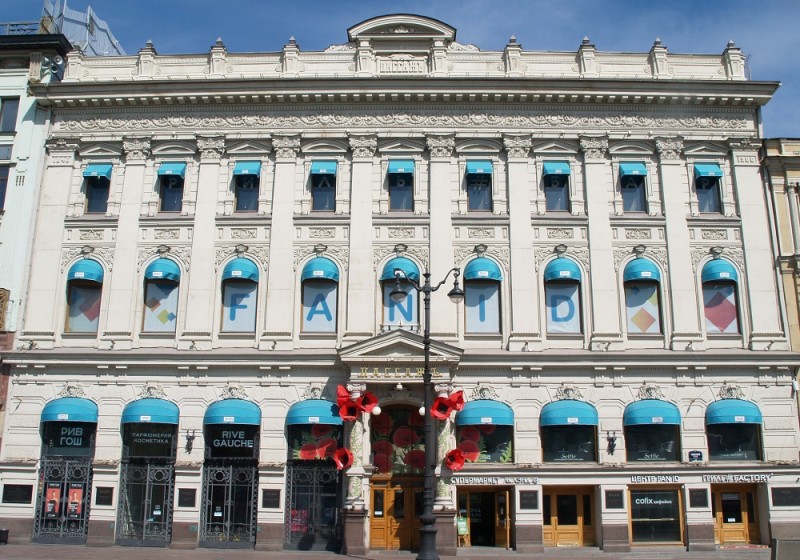Knight among Flowers
Spring brings hope, including the one related to the rebirth of the homeland. A knight on horseback in the middle of a spring meadow is a symbol of awakening.
The picture "Knight among Flowers" is a symbolic work of art, but at the same time it has a very unambiguous message. A mounted knight in golden armor is depicted in the middle of a spring meadow full of tulips. He blows a golden horn, clearly turning and directing the sound of the horn towards the Tatra Mountains. In this way he calls an army to liberate Poland.
The picture is a reference to the popular legend about the knights of King Bolesław II the Bold sleeping in the Tatra Mountains. The picture reflected the hope for regaining Poland’s independence, reawakened due to the events of the Russian-Japanese War. The motif of sleeping knights recurred in the Polish art of the early 20th century, e.g. in Henryk Sienkiewicz’s character of Sabała and in the works of many other writers and artists fascinated by Polish highlanders’ culture. Wyczółkowski himself returned to this motif several times in his series "Legends of the Tatra Mountains" (1904).
Leon Wyczółkowski was a graduate of the Warsaw School of Fine Arts, where his professor was Wojciech Gerson, of the Munich Academy, where he studied under Alexander Wagner, and of the School of Fine Arts in Cracow, under Jan Matejko. Later he travelled to Paris, but he was also active in Warsaw and Cracow. He spent over 10 years in Podolia and the Kiev region, where he arrived in 1883. Then he settled in Cracow and held the position of professor at the Academy of Fine Arts in Cracow between 1895 and 1919.
Initially, he was primarily an oil painter. At the beginning of the 20th century (especially in 1904), he focused on pastel drawing, reaching unusual perfection. From 1911 he devoted himself almost entirely to printmaking.
The evolution of Leon Wyczółkowski’s artistic style is characteristic of his time. He began in the 1870s with historical painting, as if under the influence of Gerson and Matejko, and later created fantastic and symbolist works.



